Snowy plovers are among some of the cutest shorebirds, don’t you think? Or, are they a seabird or a wading bird? Find out what the difference is here.
Christmas critter countdown: Star coral
Coral may look like a rock but they’re certainly not! Take some time to learn about the vulnerable species here. It’s climate change we have to worry about but the ocean habitat is up against ocean acidification and the first clue is from coral.
Christmas critter countdown: Angel shark
Hark! Unlike rays and skates, the nocturnal angel shark doesn’t have a mouth on the underside of its body, but rather in front. Learn more here.
Christmas critter countdown: Bearded seal
Bearded seals spend most of their lives in the Arctic waters, although they’ve been seen in southeast Florida! They enjoy feasting on arctic cod, shrimp, clams, crabs, and octopus and have been known to live up to 25 years. Learn more here.
Christmas critter countdown: Jingle shells
Christmas critter countdown continues!
Fishermen have been known to toss jingle shells over oyster beds in a process known as “shelling” to create a habitat for oysters can settle. Fishermen want to create habitat for oysters … not so much jingle shells because the raw meat of the jingle shell is sharply bitter to the taste. Learn more here.
Christmas critter countdown: Cookie cutter shark
Another day of the countdown. This time it’s the ferocious cookie cutter shark. There’s nothing short of remarkably awesome when it comes to these sharks. They are small but also skillful in their ability to sneak up and eat prey much larger. They even have the largest tooth-to-body-length ratio of any shark (including the great white)! Learn more here.
Deadliest shark: Great white vs. bull?

Christmas critter countdown: Christmas tree worm
Admittedly, at this point my kind readers know that I’m a nut over some ocean humor (despite the rolling eyes from loved ones!). So if you’ll indulge me this holiday season I now have a list of twelve ornamental-appropriate organisms. My first one to share is the Christmas tree worm.
The Christmas tree worm, found in tropical coral reefs worldwide, has some amazing spiral plumes (i.e., tentacles) are used for feeding and breathing. The Christmas tree worm prefers to feast on phytoplankton floating in the water nearby. Learn more here.
A bromance in the sea
There’s an eel – the giant moray – that teams up with the roving coral grouper to hunt for grub (i.e., cooperative hunting). The eel is slick enough to slither into crevices and flush out food for a feast. How’s that for a wingman!?
Look at them hitting the scene!
Facts about ‘Finding Dory’ friends
Maybe it’s because I’m a full-time teacher now, but my favorite character in Finding Dory is the Sting Ray. I mean, if it wasn’t for the class trip to learn about migration Dory – the blue tang with short-term memory loss – may never had thought about “going home” and the trek to look for her parents may never have happened. She is supported on the journey with Marlin and Nemo – a class act father and son clown anemonefish duo. However, they meet some other amazing new creatures and reconnect with some old friends. Here are some of my favorite facts to share about Hank the Octopus, Destiny the Whale Shark, Bailey the Beluga, Crush the Green Sea Turtle, and – of course, the Sting Ray Teacher!
What are your thoughts on the Finding Dory film? Did anyone catch that Dory should now have been able to speak “whale” because of her friendship with Destiny – given Destiny is actually a fish and not a whale?






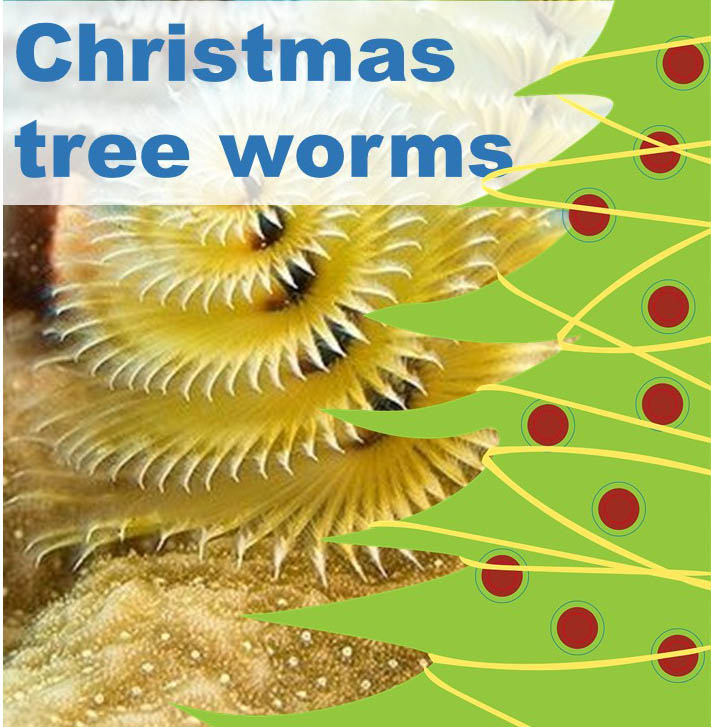
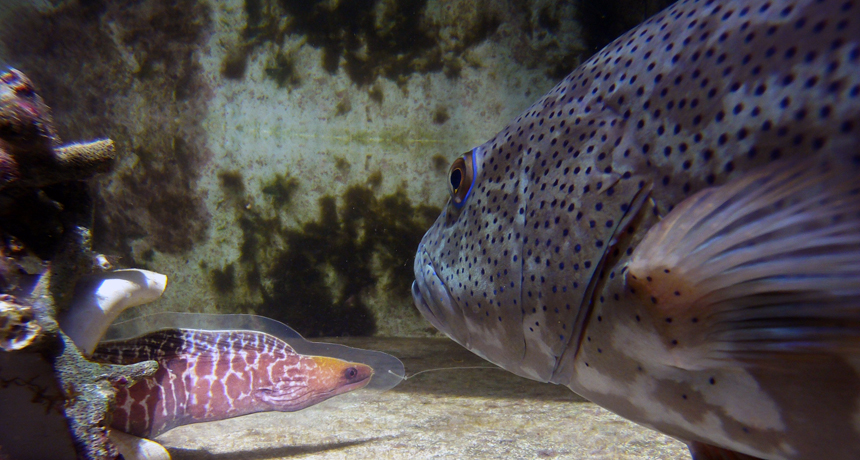
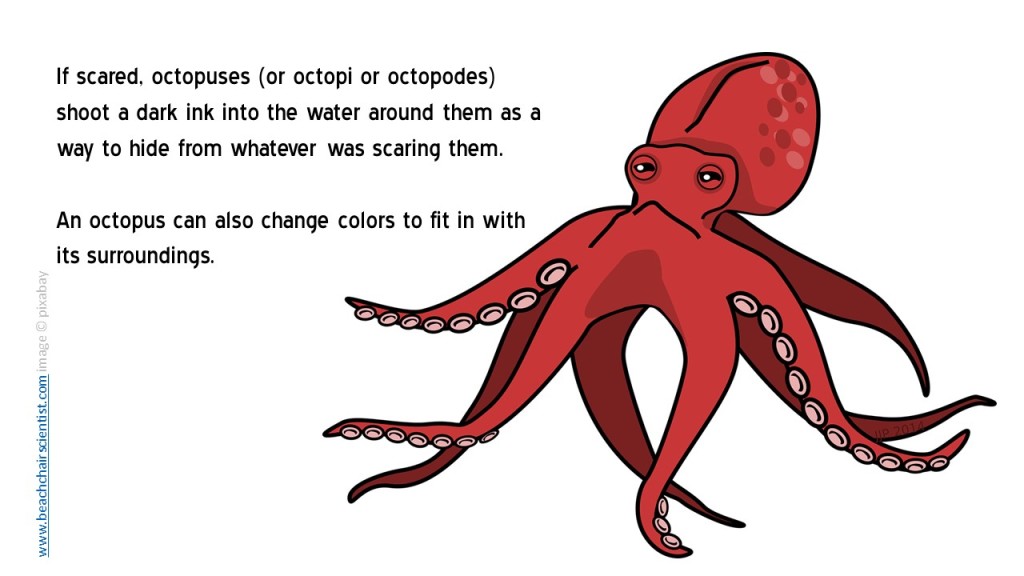

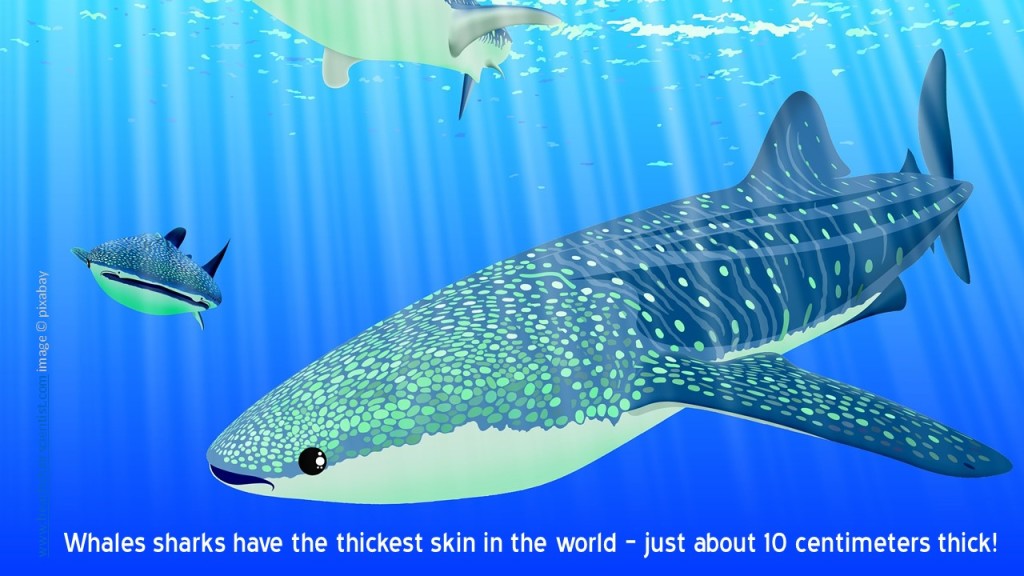

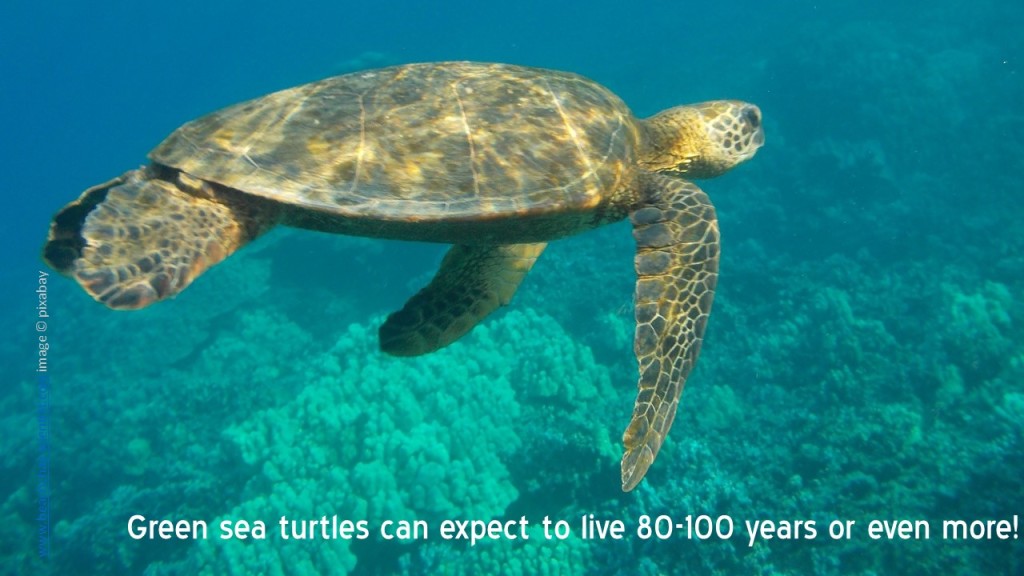







What people are saying …